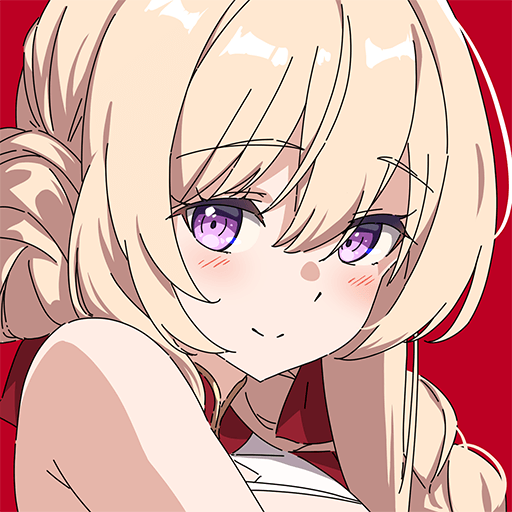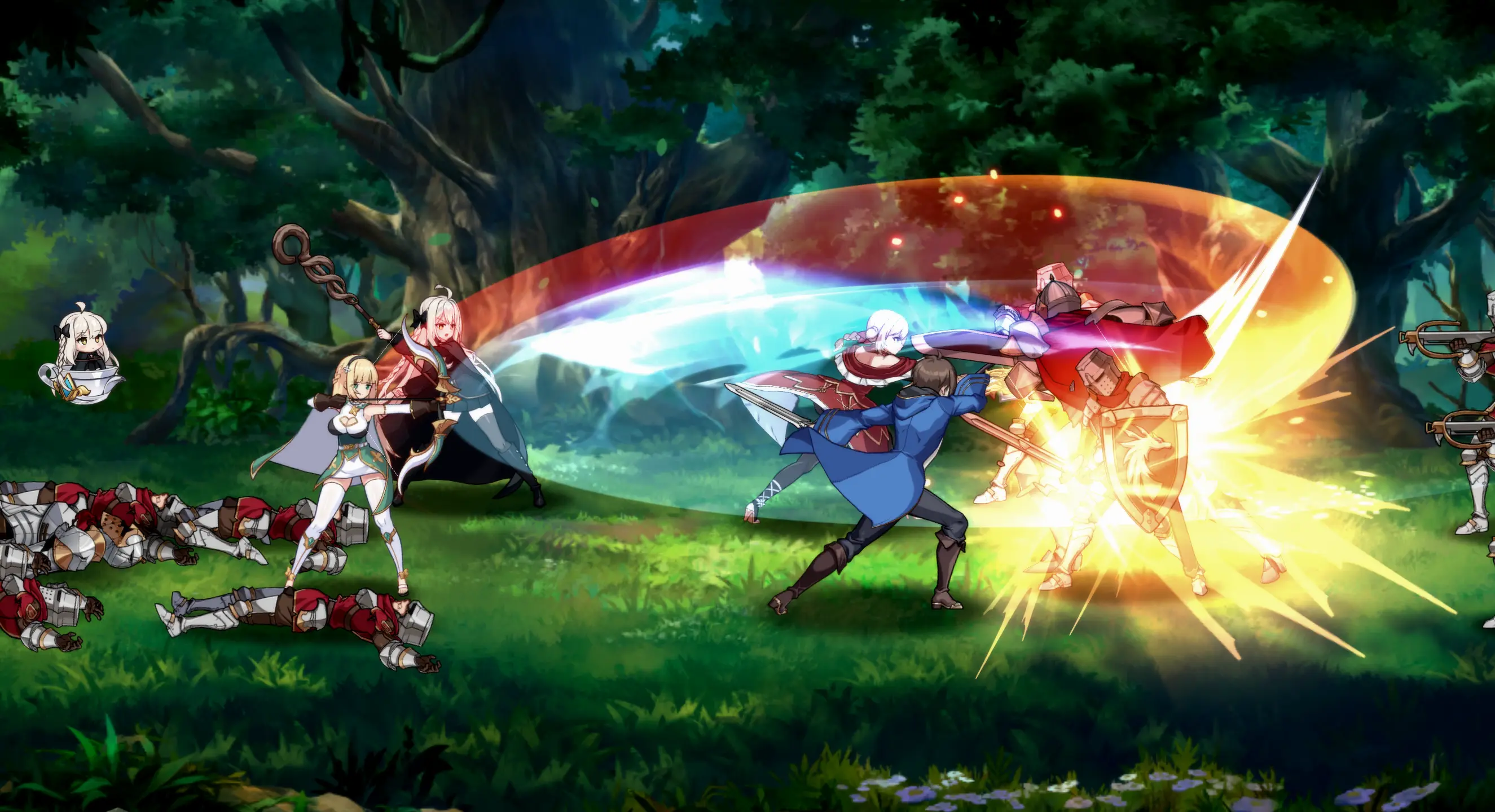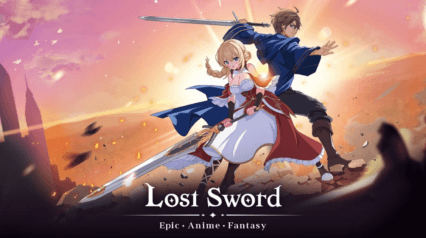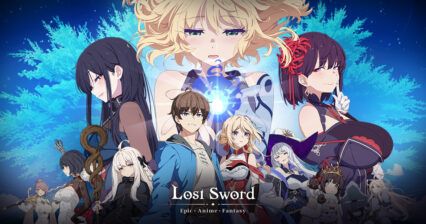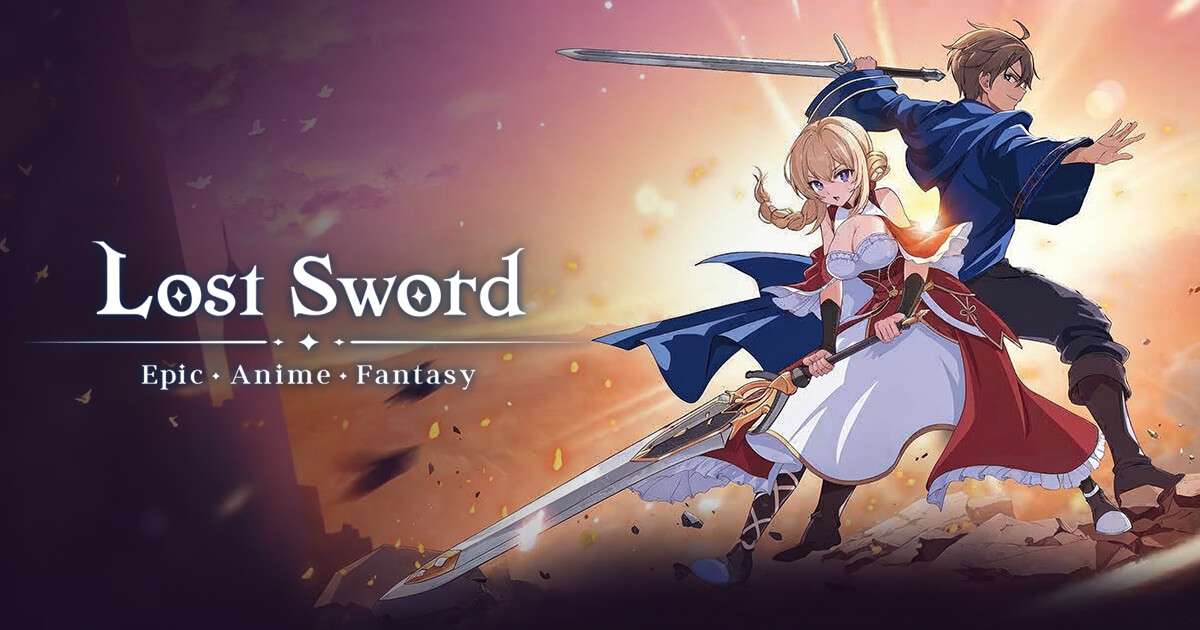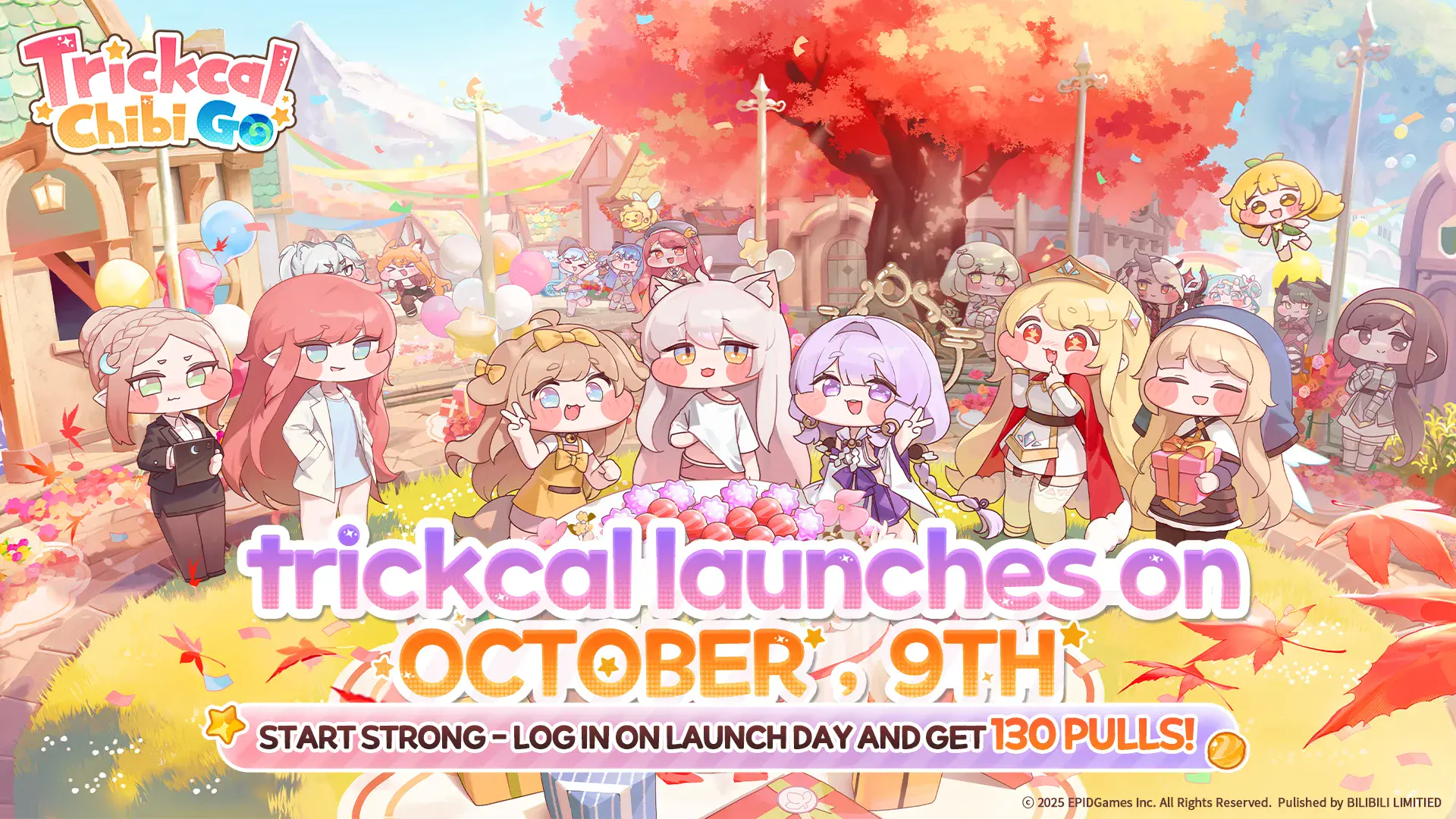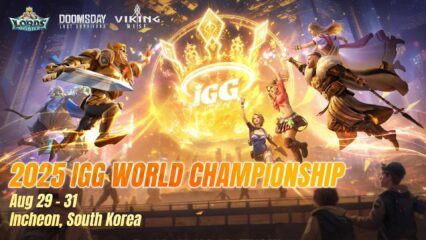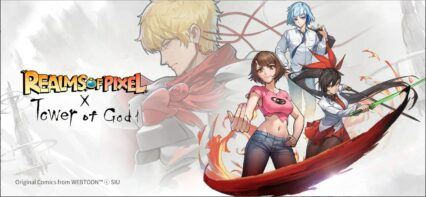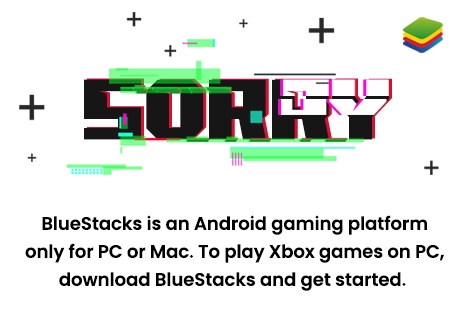Lost Sword Beginner’s Guide – Team Building, Upgrades, Gacha, and More!
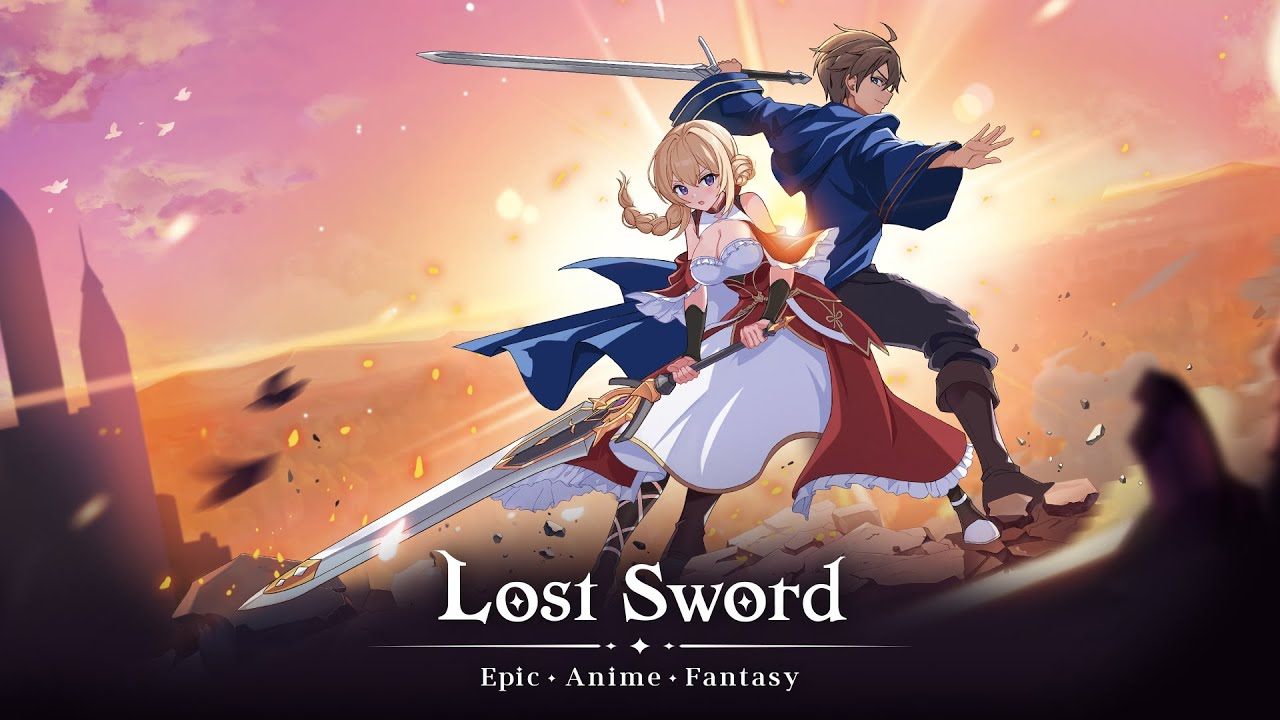
Lost Sword stands out in the world of mobile RPGs with its rich cast of characters, strategic battles, and a surprising amount of depth behind the idle mechanics. Whether you’re here for the isekai adventure, the unique 2D animation, or simply want to avoid early-game mistakes, this guide will give you a clear understanding of the systems that actually matter for long-term progress. Here’s everything you need to know to get started and set up for success.

Lost Sword lands on mobile this July 10, and you can play it on PC with BlueStacks for the best experience!
What Content and Game Modes Can You Play in Lost Sword?
Lost Sword is more than a simple idle RPG; it’s packed with modes and activities that appeal to all types of players, whether you love story-driven adventures, competitive battles, or team-based challenges. As you progress, new content opens up, keeping gameplay fresh and your options expanding. Exploring every mode is essential for getting the best rewards and fully powering up your account.

Idle battles aren’t the only game modes you will enjoy in Lost Sword.
Here’s what you’ll find in Lost Sword:
- Main Story Campaign: Follow Ethan and the cast across the Britannia Continent for key rewards, free characters, and valuable upgrade materials.
- Labyrinth Dungeon: A weekly roguelike mode with escalating difficulty, requiring strategic planning and offering top-tier rewards.
- Tower: An endless progression challenge that tests your team’s strength with every new floor, granting scaling prizes.
- Raids (Solo and Guild): Battle bosses either on your own or with your guild for upgrade materials, unique equipment, and rare drops.
- PvP Battles: Compete against other players for ranking rewards and PvP-exclusive currency to spend in special shops.
- Guild Events and Raids: Join a guild to unlock cooperative battles, extra shops, and a sense of community that accelerates your progress.
- Daily and Weekly Events: Time-limited activities that deliver exclusive pets, characters, and resources if you stay active.
- Town Management: Upgrade your Blacksmith and Base, hunt for Easter eggs, and interact with characters for bonus resources.
- Stonehenge Domain: A dedicated gear-farming area where you can push for higher-quality equipment and upgrade your Chaos Cube.
Diving into every available mode is key if you want to keep up with progression and maximize your rewards. While the main story will introduce you to the core cast and mechanics, it’s the side modes like Labyrinth Dungeon, Guild Raids, and events that give you the best shot at rare gear and long-term power boosts. Make a habit of checking all available activities each day to score as many rewards as you can and streamline your progression.
How Does Combat and Team Formation Work in Lost Sword?
Combat in Lost Sword is mostly automated, but your setup and tactical choices matter a lot. You’ll bring up to five characters into battle, positioning them in three rows: front, middle, and back. The game’s element system rewards you for building diverse teams, since attacking with the right element gives a significant damage bonus. Holy characters are a special case, with no elemental weaknesses or strengths, making them a universal fit.
Team composition is more than just raw stats; you’ll want to balance roles and take advantage of synergies between your units. Smart formation choices can mean the difference between an easy win and an unexpected wipe, especially as you get deeper into harder PvE content.
While battles run on auto, your input still matters. The only direct control you have is when to trigger ultimates, and this can be critical in boss fights or high-stakes dungeons where timing your burst damage or healing can turn the tide. Positioning also matters because enemies tend to attack the frontmost available targets, but some encounters have mechanics that punish poor placement or target-specific rows, so always adjust your setup as you learn enemy patterns.
What Makes a Strong Team in Lost Sword?
Building a strong team doesn’t just boil down to choosing top-tier Lost Sword characters, but it also comes down to understanding how positioning works and choosing the right characters for each row. Each team can field up to five characters, and their placement is crucial both for maximizing offense and keeping your key units alive. You’ll want to set up your squad by thinking about both their roles and where they shine on the battlefield.

Building powerful teams is not just about choosing top-tier characters—positioning and synergy are also crucial.
As mentioned above, teams are set up across three rows:
- Front Row (+20% Defense): This is where your toughest, tankiest characters go. Defensive knights or anyone with high HP and defense should be placed here, since they’ll soak up the most hits and protect your team from heavy damage.
- Middle Row (+20% Attack): Here, you’ll want your reliable ranged attackers or characters with strong AoE (area of effect) skills. Archers, wizards, or versatile supports often do best in this row, staying close enough to deal damage while not being directly exposed to enemy attacks.
- Back Row (+20% Attack): Reserve these slots for your main damage dealers and healers. Your glass cannon DPS units and dedicated supports are safest at the back, where they can contribute without drawing enemy attention. Placing a healer here helps ensure your front line stays alive as long as possible.
Balancing your formation with this setup ensures your frontline can take the brunt of attacks, your mid-row units chip in steady damage and utility, and your most valuable characters stay protected until it’s time to unleash their skills. As you unlock more heroes, you’ll discover even more team synergies, like pairing certain supports with specific DPS, or choosing a pet that boosts your formation’s strengths.
Ultimately, experimenting with placements and adapting to the enemy lineup is part of the fun, but sticking to these basic row strategies gives you a strong foundation for any challenge Lost Sword throws at you.
How Should You Upgrade Characters and Skills for the Best Results?
Upgrading your characters in Lost Sword is essential for keeping up with the increasing challenge of each stage, and there are several systems you’ll want to use regularly. Every method boosts your team’s power in a unique way, so learning how to combine them is key to staying ahead.

There are many ways to upgrade your favorite characters in Lost Sword.
You’ll upgrade your characters through:
- Leveling up: Use EXP earned from battles and special dungeons to raise your characters’ levels, improving their base stats.
- Skill upgrades: Spend skill pages to enhance your characters’ Ultimate, Active, and Passive skills, making their abilities stronger and unlocking new effects.
- Equipping and enhancing gear: Outfit your heroes with better weapons, armor, treasures, and runes, then use gold and materials to boost your best gear for even more power.
- Transcendence and resonance: When you get duplicates of a character, you can choose to either transcend them (raising their level cap and stats) or convert the dupe into a resonance card, which gives valuable passive buffs and can be equipped on any unit.
- Specialties: Roll and reroll random specialty stats for additional boosts, focusing on stats that match your character’s role.
Each upgrade path comes with its own materials and limits, so it’s worth planning ahead—focus on your best units first and try not to overspend resources on lower-tier characters. Getting the hang of these upgrade systems is what sets apart strong accounts from the rest, and mastering them will make the late-game content much smoother.
What Should You Know About Gear and Relics?
Gear is where a lot of your team’s power comes from, so learning how to farm and upgrade it is key. Each character can equip weapons, armor, treasures, and runes. Early on, blue gear from the story is enough, but you’ll quickly want to farm better gear from the Stonehenge Domain. Purple and gold gear offer percentage-based sub-stats, which scale much better as your characters level up.
Enhance your best pieces to +5 for your main team, but don’t sink too many resources into mediocre gear, as upgrades get costly fast. Gear you don’t need should be dismantled to upgrade your Chaos Cube, a passive boost that benefits your entire roster.

Throughout your journey, you will obtain many pieces of gear and equipment for your team.
Holy Relics, specifically the Grail, Lance, and Scabbard, are other ways to upgrade your characters. The best approach is to cycle your upgrades, focusing on the Scabbard for defense first, followed by the Lance for attack, and Grail for HP. This cyclical process ensures you don’t hit diminishing returns too quickly and always have a balanced stat spread to tackle new content.
How Important Are Pets and Growth Points?
Pets are not just for show in Lost Sword. A single strong 5-star pet can dramatically increase your team’s power with unique skills and stat bonuses, especially when fully transcended. Each battle formation allows three active pets, but only the front-row pet’s skill is triggered, so placement matters. Always prioritize a strong frontline pet and invest in rate-up banners to grab the best ones.
Growth Points provide flat bonuses across attack, defense, HP, and boss attack. The optimal path is to max out Protection (defense) first for better survivability, followed by Indomitable (HP), then Valor for attack, and finally Chaos for boss-specific content. These upgrades are permanent and apply across your entire account, so don’t ignore them—they’re essential for staying competitive in both PvE and PvP.
How Does the Gacha System Work and Is Rerolling Worth It?
Lost Sword’s gacha system features both character and pet banners, each with a 3% chance for 5-star units and a hard pity after 120 pulls. Limited banners offer exclusive options that can shape your entire account’s progress, while standard banners provide a consistent pool for collection.

Rerolling in Lost Sword is not mandatory, but is strongly recommended if you want a head start.
The reroll process is quick, but keep in mind you’ll need a Google or Apple account—there’s no guest play. Don’t waste days chasing perfection; a solid setup is all you need to break through early walls, especially with generous event rewards and ongoing free pulls.
Why Play Lost Sword on BlueStacks?
Playing Lost Sword on BlueStacks gives you a huge advantage, from faster load times and better controls to the ability to easily reroll or manage multiple accounts if you’re aiming for a dream team. The crisp visuals and smooth performance make it easier to appreciate every detail of the game’s high-quality 2D animation and cutscenes. BlueStacks is the best way to stay on top of events, farm efficiently, and make the most of Lost Sword’s deep, rewarding systems.
Lost Sword offers a rewarding blend of idle RPG convenience, deep team-building, and true strategic layers beneath the waifu exterior. By learning the core systems, making smart upgrades, and staying involved in events and guild content, you’ll find steady progression and plenty of reasons to log in each day. For the best experience and easiest path to the top, download Lost Sword on BlueStacks and start your journey as the true Sword Bringer!
Keep progressing in Lost Sword with our other in-depth guides:

